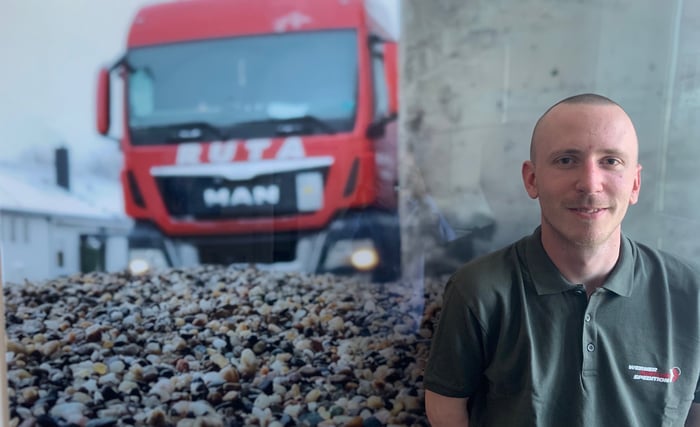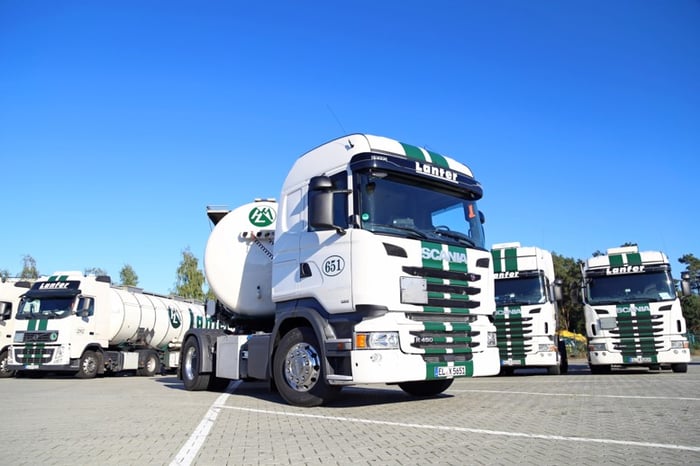Why is estimated time of arrival so important for planning purposes?
There are many answers to this question. One thing is certain, the more accurate the estimated time of arrival (ETA), the more effectively it can be used by transport and logistics companies. With TruETA, Trimble is enabling even more precise ETAs calculations, taking into account a wide range of order-related data, including the routes for all assigned activities, current traffic and additional parameters such as average historical loading and unloading times for each activity or the remaining driving time. The first companies have already started using this extension of our FleetCockpit back-office application.
“For us and our customers, TruETA is a big step forward in terms of shipment transparency. It gives us a holistic overview of the arrival time, which eliminates labour-intensive processes in dispatching and reduces drivers stress due to time-critical planning”, says Merlin Bütfering, project manager at the Werner Ruploh Group of Companies.

To get a better idea of the issue, the company, which is based in Beckum in Westphalia and specialises in silo transport, did the maths: Previously, for example, it took one dispatcher an average of around two hours a day to investigate the delays of 100 vehicles that occurred as a result of difficult traffic conditions or because of compliance with legally mandated driving times. Thanks to TruETA, this problem is now a thing of the past.
A more customer-friendly solution
Precise ETA calculations not only improve the workflows of transport and logistics companies. They can also have a considerable impact on client processes. For the Steinkühler Group, this was a key aspect in choosing TruETA. Among other goods, the Rheine-based company transports liquid, powdered and packaged products for the food industry.
“Our clients know that delays can always occur, but they want to be kept informed as accurately as possible. TruETA therefore enables us to become even more customer-friendly”, says Christian Ricke, project manager at the Steinkühler Group.

Improved competitiveness
The transport and logistics industry is characterised by fierce competition, as the exceptional situation in which we currently find ourselves has once again made very clear. Lanfer Logistik from Meppen in Lower Saxony is closely monitoring the latest developments. The company, which specialises in logistics services for the chemical and food industries, also sees TruETA as a way to improve its competitiveness:
“Smart transport chains are the be-all and end-all today. If you can’t keep up, you will lose out at some point”, explains Jürgen Starraß, Operational Manager Road at Lanfer.
Collaboration with Trimble MAPSs
TruETA was developed in partnership between Trimble Transport Logistics and Trimble MAPS. In addition to the route profiles of all assigned orders, the ETA calculations also take into account all relevant vehicle information such as height and weight as well as possible road and environmental restrictions. In addition, specific historical data are also taken into account, such as the speed on a particular route or the time required for a particular unloading activity. In addition, the legal regulations regarding mandatory breaks as well as daily and weekly rest periods can now be incorporated into ETA calculations for the first time – even if the driver doesn’t use the navigation system, simply based on data transmitted by the truck itself.


